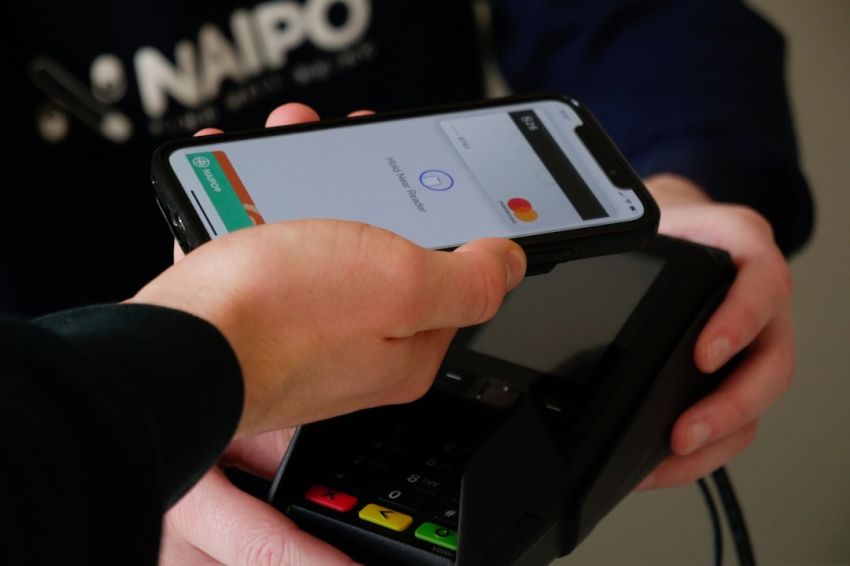How Do Mobile Payments Work?

Mobile Payments have revolutionized the way we make transactions in today’s digital world. From buying groceries to paying for online services, mobile payments have made the process faster, more convenient, and secure. But how exactly do mobile payments work? Let’s delve into the world of mobile payments to understand the technology behind this seamless way of conducting transactions.
Understanding Mobile Payments
Mobile payments refer to the use of a mobile device, such as a smartphone or tablet, to make a payment for goods or services. This form of payment eliminates the need for physical cash or credit cards, allowing users to complete transactions with just a few taps on their device. The convenience and accessibility of mobile payments have made them increasingly popular among consumers and businesses alike.
Types of Mobile Payments
There are several types of mobile payment methods available today, each offering its unique features and benefits. Some of the most common mobile payment methods include:
– Mobile Wallets: Mobile wallets store users’ payment information securely on their devices, allowing them to make purchases in-store or online by simply tapping or scanning their device at the point of sale.
– Mobile Banking Apps: Many banks offer mobile banking apps that enable users to transfer funds, pay bills, and make purchases directly from their bank accounts using their mobile devices.
– Contactless Payments: Contactless payments use near field communication (NFC) technology to enable secure transactions between a mobile device and a payment terminal. Users can simply tap their device on the terminal to complete a transaction quickly and securely.
How Mobile Payments Work
The process of making a mobile payment involves several steps that ensure the security and integrity of the transaction. Here’s how mobile payments work:
1. Registration: To make a mobile payment, users need to register their payment information, such as credit or debit card details, with a mobile payment service provider or app.
2. Authentication: When making a payment, users may be required to authenticate their identity using methods such as biometric authentication (fingerprint or facial recognition) or a personal identification number (PIN).
3. Transmission: Once the user initiates a payment, the payment information is securely transmitted from their device to the payment gateway or processor.
4. Authorization: The payment gateway verifies the user’s information and checks for available funds before authorizing the transaction.
5. Completion: If the transaction is approved, the payment is completed, and the user receives a confirmation of the transaction on their device.
Benefits of Mobile Payments
Mobile payments offer several benefits to both consumers and businesses. Some of the key advantages of mobile payments include:
– Convenience: Mobile payments allow users to make transactions anytime, anywhere, without the need for cash or physical cards.
– Security: Mobile payments use encryption and tokenization to protect users’ payment information, making them more secure than traditional payment methods.
– Speed: Mobile payments are quick and efficient, enabling users to complete transactions in seconds, reducing wait times at the checkout.
In conclusion,
Mobile payments have transformed the way we make transactions, offering a convenient, secure, and efficient alternative to traditional payment methods. By understanding how mobile payments work and the benefits they offer, users can take advantage of this innovative technology to simplify their financial transactions and enhance their overall shopping experience.